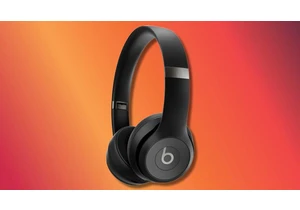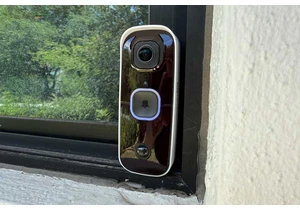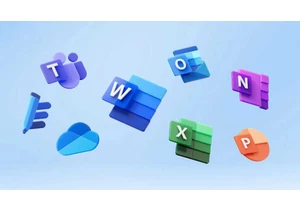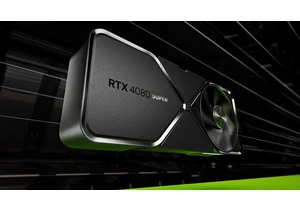When Apple switched from its proprietary PowerPC hardware to Intel-based Macs in 2005, one of the biggest advantages was that Macs could run Windows natively, either as a primary operating system or dual-booting via BootCamp. When Apple once again switched to its own ARM-based M chips a few years ago, that option disappeared. While you can still virtualize Windows on the newest Macs, it’s more of a headache. Today, Microsoft has posted a guide to make it slightly easier.
“Guide” might be a little generous. As Digital Trends noticed, it’s a short support page outlining your options for running Windows 11 on a newer Mac laptop or desktop with Apple Silicon guts. Microsoft lays out its two options: Virtualizing the ARM version of Windows 11 via the third-party program Parallels Desktop or using a Windows 365 Cloud PC, an add-on service only available to corporate Windows 365 customers.
Microsoft is pretty clear that either way isn’t ideal. The ARM-based Windows 11 build doesn’t get access to DirectX 12, Android or Linux app support, the new Windows Sandbox, or older 32-bit Windows applications. But this is still the first time that Microsoft has indicated that it will at least grudgingly support customers who want to run Windows on any of the newer Mac hardware.
Login to add comment
Other posts in this group

I’ve been a Chromebook fan and advocate for many years now. I bought

Prime Day is over, yes, but many awesome tech deals are still around.

We could all use some extra USB-C cables around the house, what with


Microsoft has made another adjustment to the restrictions that it pla

At some point, you’ve felt the twinge of anxiety as your laptop’s bat

Nvidia’s GeForce RTX 50 series has been shining with cutting-edge tec
